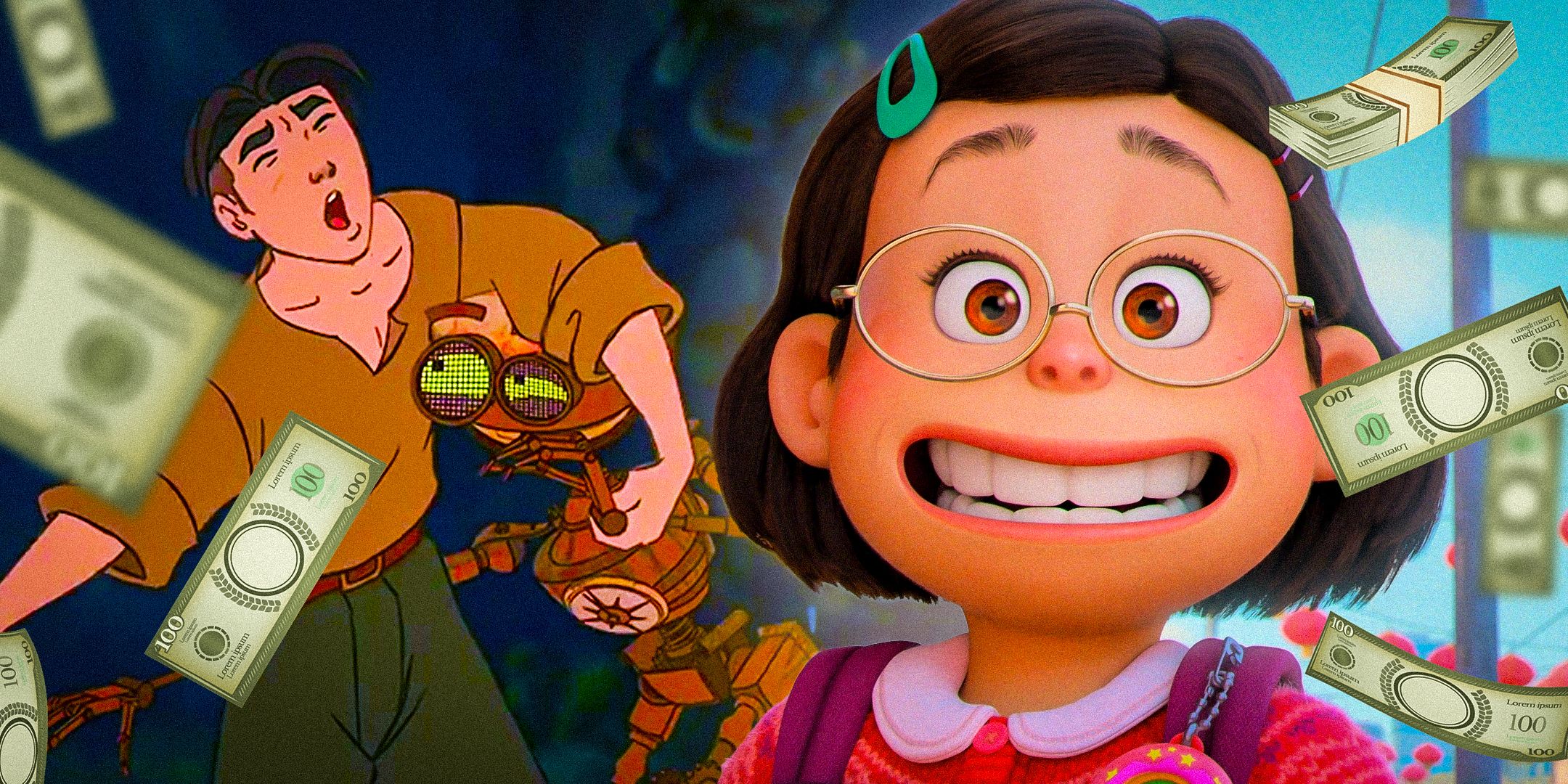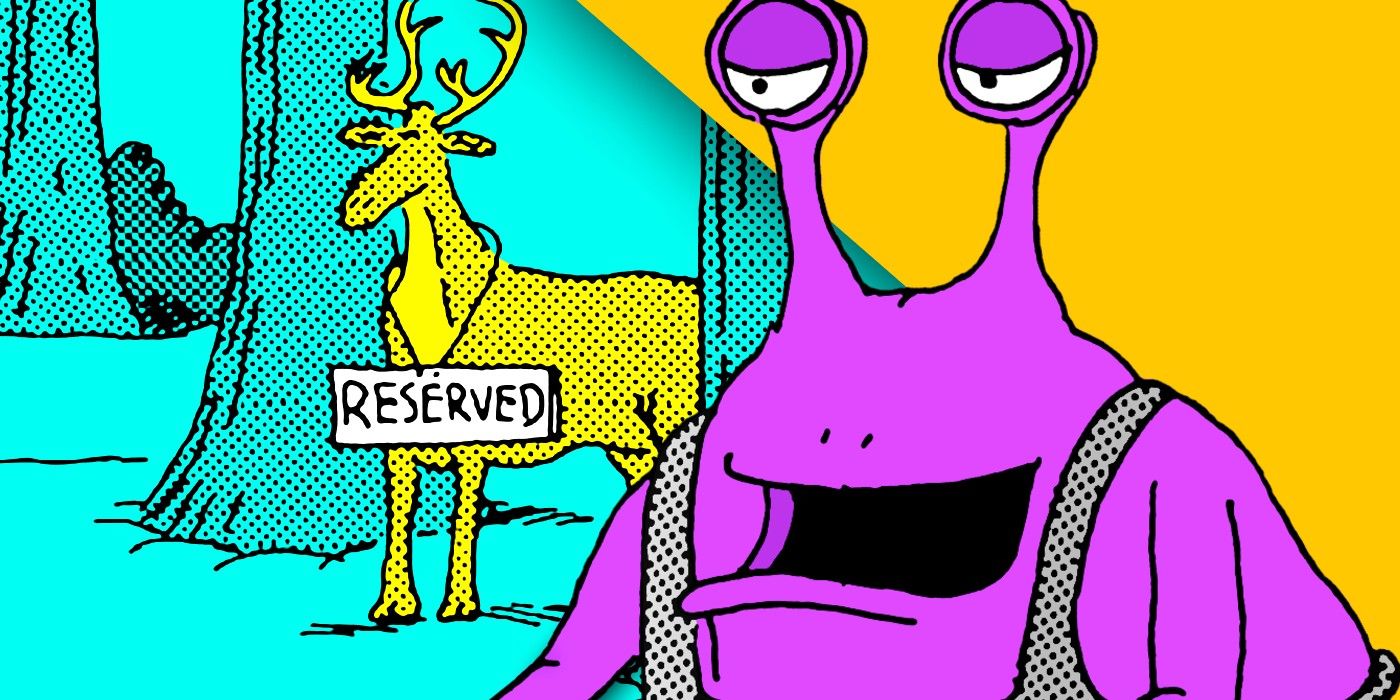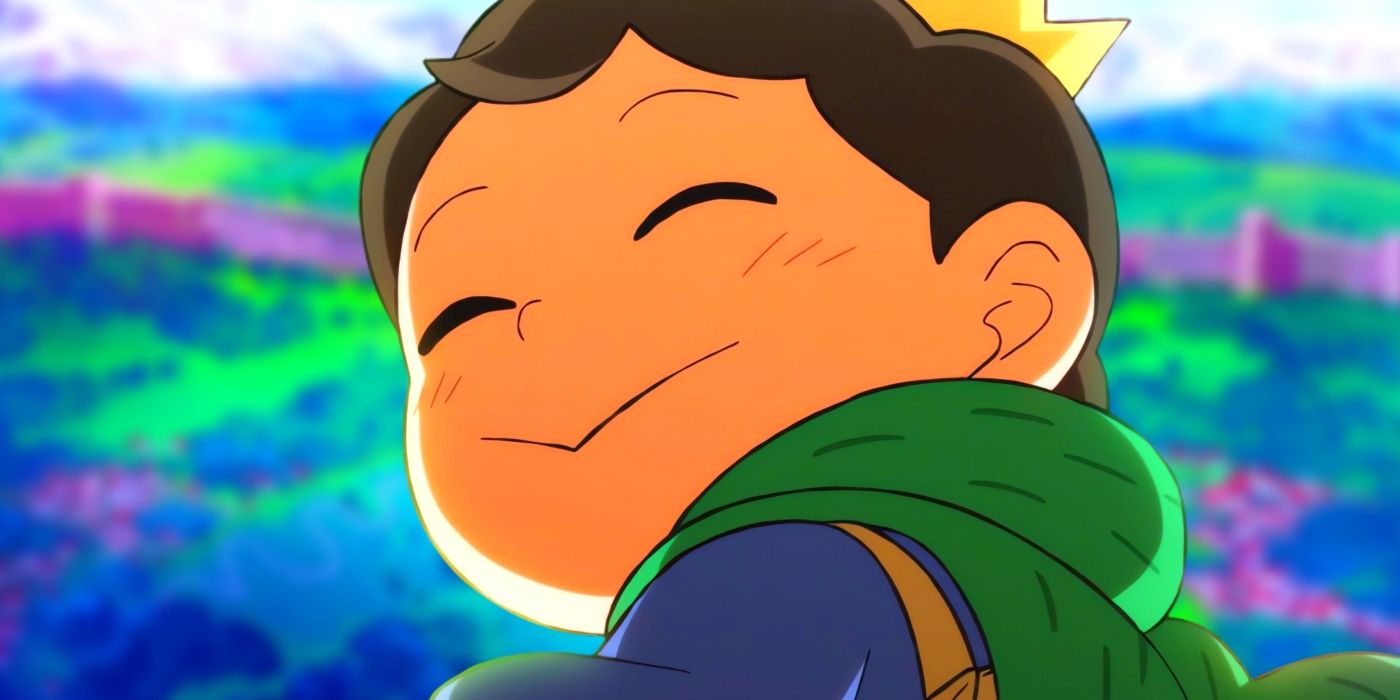When cinematographer Drew Daniels reunited with “Red Rocket” director Sean Baker for “Anora,” he wanted to create a blend between formalism and neorealism, in which the visual language would be precise yet allow plenty of room for the actors to explore and find the kinds of truthful moments for which Baker’s films are known.
“When someone says, ‘I didn’t notice the camera’ or ‘It looks like you didn’t even light anything,’ that’s the ultimate compliment,” Daniels told IndieWire. “I really like hearing that because it means that it just felt real.”
Daniels says the goal all along was to make “Anora” look “natural and effortless,” but a lot of work went into creating the illusion that the action was caught on the fly. One of the film‘s key set pieces, a lengthy home invasion sequence shot on location in a real house, is a case in point. “That was shot over eight days in the dead of winter, when you have very little natural light,” Daniels said. “You also have windows and mirrors and other reflective surfaces in every direction, and you’re shooting a big sequence in order with weather that’s changing every day.”
Daniels found himself relying heavily on his light meter and detailed notes to keep the shots consistent. “It meant knowing our exposure levels for every part of the house and keeping them and our contrast consistent for all those days,” he said, adding that there were times when they simply couldn’t shoot. “It would be a cloudy day, or raining outside, or there’s just not enough light, and it’s never going to match anything we did.”
 ‘Anora’NEON
‘Anora’NEONTo try to minimize these issues, Daniels came up with an approach that would protect his lighting as much as possible. “We chose for it to be a gray day,” he said, “so that meant there could never be any direct light hitting our actors.”
Daniels and Baker also made a list of shots that they could save for the end of the day when they lost the light. “For example, if we didn’t see any windows in the shot, I would just light those at night, for day, and match all the levels according to my reference notes. And then my dailies colorist helped massage things.”
In spite of the challenges, Daniels loved shooting the home invasion sequence — and “Anora” as a whole — on location. “I get bored being on a stage, to be honest,” he said. “I like to walk into a space where a lot of my decisions are forced because of incredibly restricted circumstances. I think it helps you get really creative and find interesting solutions and light things in a way you would never have done normally. Sometimes when you’re on a set, you can get formulaic, because you have all the possibilities in the world. It almost looks too perfect.”
 ‘Anora’Courtesy Everett Collection
‘Anora’Courtesy Everett CollectionDaniels prefers an “off-the-cuff” approach more reminiscent of the 1970s cinematographers he reveres, like Owen Roizman (“The French Connection,” “The Taking of Pelham One Two Three”). “I like a little bit of messiness because it feels more real,” he said. “Sometimes when a shot is feeling too perfect, I’ll actually mess it up a little bit.” For the home invasion sequence, Daniels rarely laid dolly track, instead placing the dolly directly on the floor to give it some bumps. “I like to embrace all that stuff. It’s very visceral.”
For Daniels, this is all in keeping with his desire to create a more textured, handmade cinema not only in the tradition of New Hollywood filmmakers like Roizman but contemporary auteurs like Paul Thomas Anderson, whose “Magnolia” is a touchstone for the cinematographer. “I like to feel the filmmaker’s voice behind the images, and I think when you have imperfections, you feel that. I feel like TV has taken a lot of that away. So much is shot on the stage and everything is lit so well, it’s all starting to look the same.”
“Anora” was Daniels’ “allergic reaction” against that trend, which he fought by trying his best to shoot as his heroes would have, even using the same tools when possible. “I was thinking, what would Owen Roizman or Vilmos Zsigmond have done if they were shooting this movie in 1974,” Daniels said. “I tried to use a lot of the tools they had in the 1970s, and flash the film and not overlight. Shoot all the driving stuff for real. Our actors are actually driving the vehicles, and we’re doing very little lighting. It’s shaky and violent, and its not always perfect. And I think it makes it better.”

 18 hours ago
2
18 hours ago
2









 English (US) ·
English (US) ·